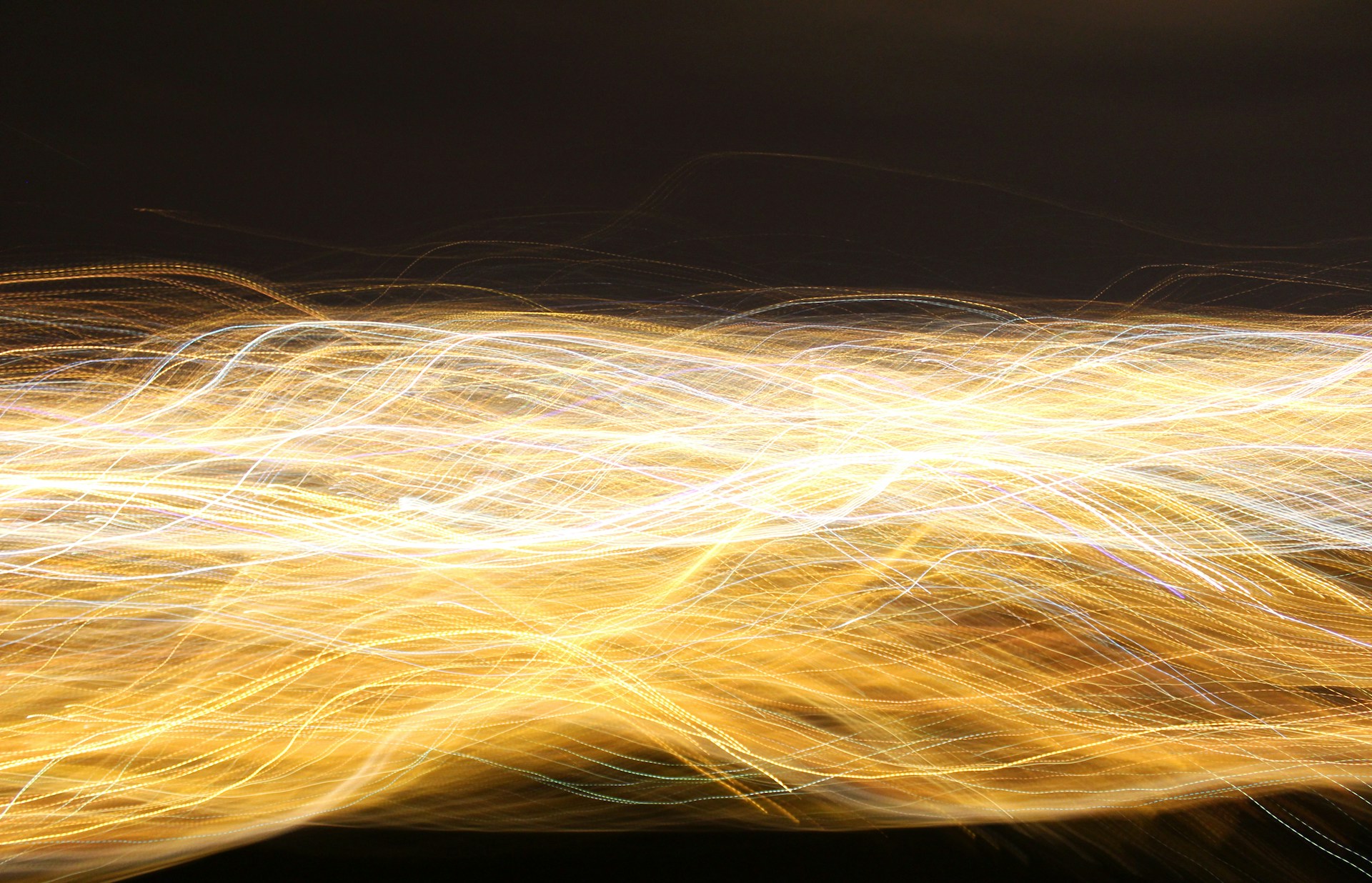The Faraday effect, a phenomenon familiar to physicists since the mid-1800s, has long been understood as a rotation of light’s polarization caused by the interaction between its electric field and a material placed under a constant magnetic field. Recent work led by Dr. Amir Capua and researcher Benjamin Assouline at the Hebrew University of Jerusalem now suggests that this picture has been incomplete. Their new theoretical study, supported by independent modelling used in contemporary magnetism research, shows that the magnetic field component of light has a measurable role in producing the effect.
Assouline, B., & Capua, A. (2025). Faraday effects emerging from the optical magnetic field. Scientific Reports, 15(1), 39566. https://doi.org/10.1038/s41598-025-24492-9
The team revisited the Faraday effect using a framework grounded in spin dynamics, drawing on the Landau–Lifshitz–Gilbert equation commonly used to model the behaviour of magnetic systems. By focusing on how the oscillating magnetic field of light interacts with electronic spins, they demonstrated that this component can generate magnetic torque inside the material in the same way a static field does. The result challenges the longstanding assumption that only the electric field of light participates in the process.
Dr. Amir Capua from Hebrew University of Jerusalem stated,
“In simple terms, it’s an interaction between light and magnetism. The static magnetic field ‘twists’ the light, and the light, in turn, reveals the magnetic properties of the material. What we’ve found is that the magnetic part of light has a first-order effect, it’s surprisingly active in this process.”
To examine the strength of the magnetic contribution, the researchers applied their modelling to Terbium Gallium Garnet, a crystal often used in optical magnetometry and Faraday rotation devices. Their calculations suggest that, depending on the wavelength, a noticeable fraction of the rotation seen in experiments arises from the magnetic field of the light itself. At visible wavelengths the contribution is modest yet measurable, while in the infrared range it becomes significantly more dominant.
This finding aligns with observations in other areas of modern magneto-optics, where the boundary between optical excitation and magnetic response has grown increasingly relevant. Recent studies in spintronics and optical control of magnetic states have revealed that light can drive magnetization dynamics in ways that extend beyond traditional electric-field interactions. The new work adds a theoretical foundation supporting those observations and offers a clearer explanation of how light couples to spin systems.
Although the implications are primarily theoretical at this stage, the results may influence the development of optical devices that rely on precise control of magneto-optical effects. This includes technologies such as optical isolators, magneto-optic sensors and components designed for spin-based information processing. The possibility of tuning or enhancing magnetic interactions using specific wavelengths also aligns with emerging research into light-controlled magnetic switching for low-power spintronic applications.
Dr. Capua notes that reevaluating well-known optical phenomena can reveal overlooked mechanisms with practical consequences. In this case, acknowledging the magnetic field of light as an active participant in Faraday rotation provides a more complete understanding of how electromagnetic waves interact with magnetic materials. It also expands the toolkit available for engineers and physicists working to design materials and devices for optical communication, sensing and quantum technologies.
The team’s study brings a contemporary interpretation to a historical effect and suggests that even widely established principles may still contain physics waiting to be resolved. As magneto-optical research continues to grow across disciplines, this revised understanding of the Faraday effect offers a foundation for deeper exploration of how light and magnetism influence one another at the microscopic level.

Adrian graduated with a Masters Degree (1st Class Honours) in Chemical Engineering from Chester University along with Harris. His master’s research aimed to develop a standardadised clean water oxygenation transfer procedure to test bubble diffusers that are currently used in the wastewater industry commercial market. He has also undergone placments in both US and China primarely focused within the R&D department and is an associate member of the Institute of Chemical Engineers (IChemE).


